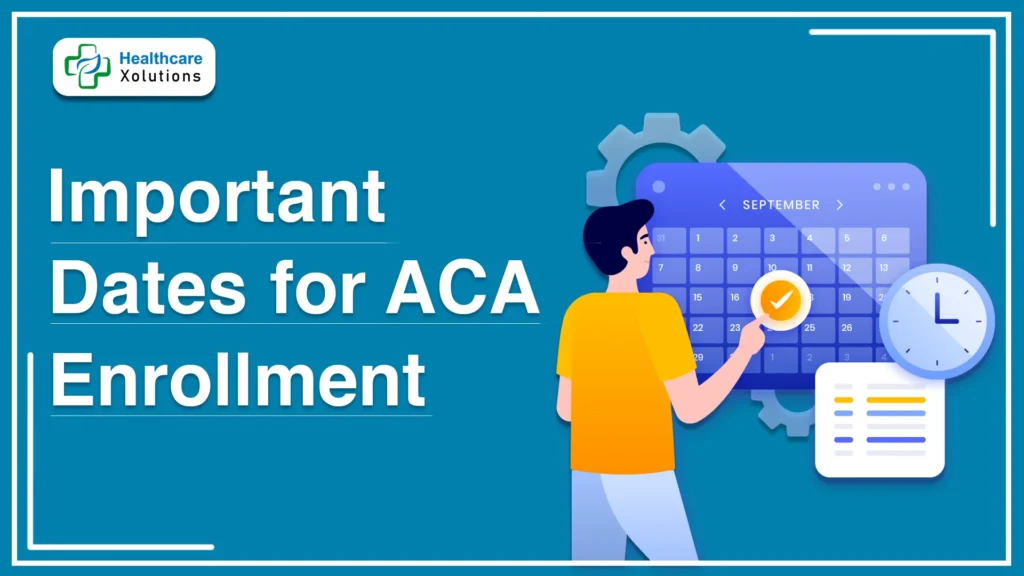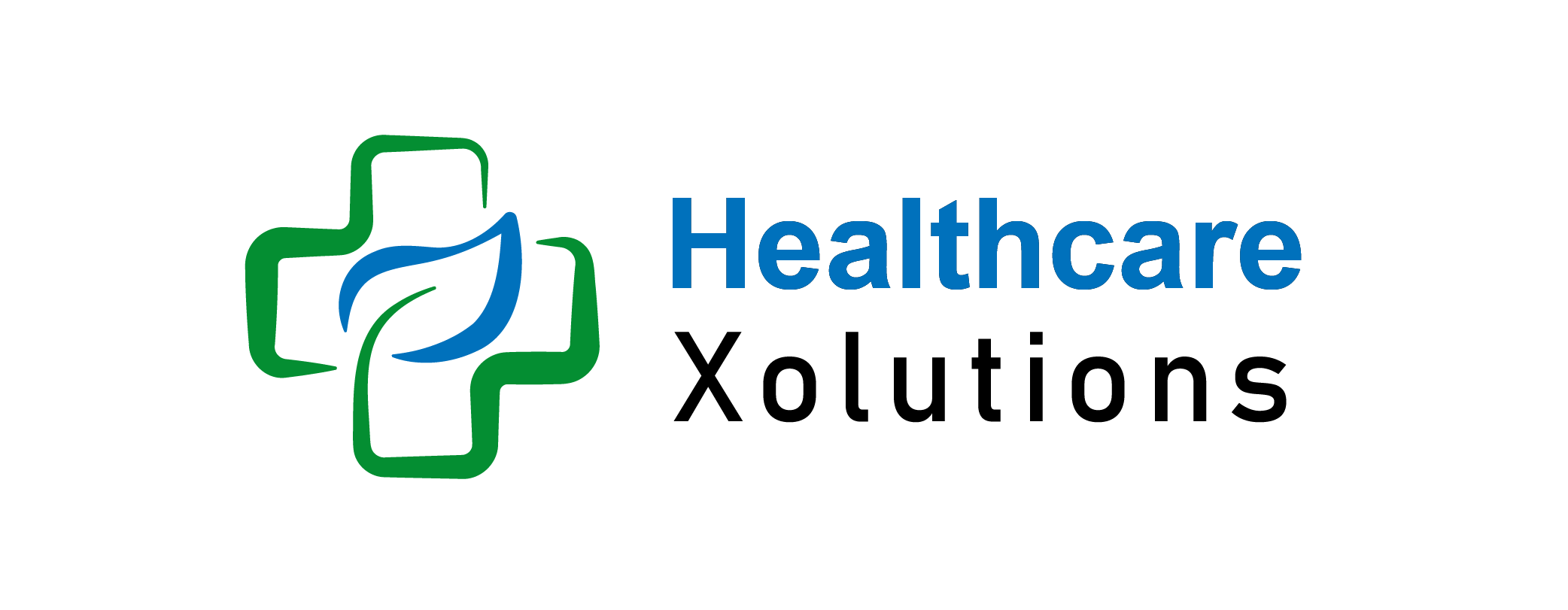Mark Your Calendar: Important ACA Enrollment Dates

As of 2024, enrollment reached a record high of 20.8 million individuals. Looking ahead, the Congressional Budget Office projects that ACA marketplace enrollment will peak at 22.8 million in 2025. Understanding the key enrollment periods and deadlines is crucial to securing and maintaining health coverage under the ACA.
This article outlines the essential ACA open enrollment dates, how to prepare, and what to do if you miss the deadlines.
Key Takeaways:
- ACA Enrollment Deadlines: It Runs from November 1 to January 15, but enroll by December 15 to ensure coverage starts on January 1.
- Special Enrollment Period: Available year-round for qualifying life events like marriage, childbirth, or loss of coverage. You have 60 days from the event to enroll.
- Medicaid and CHIP: Enrollment is open year-round, providing coverage for eligible low-income individuals and families.
- State-Specific Dates: Some states with their Marketplaces may have different enrollment deadlines. Check your state’s requirements.
- Review Your Plan: Always review your health insurance plan annually to ensure it still meets your health and financial needs.
- Missing the Deadline: If you miss the OEP and don’t qualify for a SEP, you may be left without coverage until the next enrollment period, potentially facing high medical costs.
Table of Contents
Key ACA Enrollment Deadlines For 2025:
1. Open Enrollment Period (OEP):
The Open Enrollment Period (OEP) is the most important time to sign up for health insurance through the ACA Marketplace. This period typically runs annually from November 1 to January 15 for the following coverage year. For example, the Open Enrollment for 2024 will take place from November 1, 2023, through January 15, 2024.
During this window, individuals can:
- Enroll in a new health insurance plan.
- Make changes to their existing plan.
- Cancel coverage.
- Renew their current health plan for the next year.
It’s essential to enroll by December 15 to ensure that your coverage begins on January 1 of the following year. If you enroll between December 16 and January 15, your coverage will typically start on February 1.
2. Special Enrollment Period (SEP):
Outside of the OEP, individuals may qualify for a Special Enrollment Period (SEP) due to certain life events. These events include:
- Loss of other coverage (job-based, Medicaid, or CHIP).
- Changes in household size (marriage, birth, adoption).
- Moving to a new area with different coverage options.
- Other qualifying events (e.g., release from incarceration).
In most cases, individuals have 60 days from the event date to enroll in a health plan under the SEP. If you miss this window, you’ll have to wait until the next OEP unless you qualify for another SEP.
3. Medicaid and CHIP Enrollment:
While the ACA enrollment periods apply to Marketplace plans, individuals eligible for Medicaid or the Children’s Health Insurance Program (CHIP) can apply for coverage year-round. This is an essential safety net for those who may lose coverage or face sudden changes in income.
4. State-Based Marketplaces:
Some states operate their own Health Insurance Marketplaces and may have different enrollment periods or extended deadlines. For example, California’s Marketplace, Covered California, has often extended its enrollment window beyond the federal deadline. It’s important to check with your state’s Marketplace to confirm specific dates.
5. Automatic Re-enrollment Deadline:
If you are currently enrolled in an ACA plan and don’t take action during the OEP, you may be automatically re-enrolled in the same or a similar plan. This automatic re-enrollment usually happens in mid-December, but it’s advisable to actively review your coverage options each year to ensure your plan still meets your needs and budget.
6. Marketplace Notices and Notifications:
The Marketplace will send notices to enrollees in early October, giving information about the upcoming Open Enrollment period, changes to coverage, and any required actions. It’s critical to review these notices carefully so that you don’t miss any deadlines or changes that could impact your coverage.
How To Prepare For ACA Open Enrollment 2025?
1. Review Your Current Coverage:
Before the OEP begins, review your current plan to assess whether it still meets your needs. Consider changes in your health, financial situation, and coverage needs for the upcoming year.
2. Compare Marketplace Plans:
Once the OEP starts, take time to compare the available Marketplace plans. The Marketplace offers different “metal” levels—Bronze, Silver, Gold, and Platinum—each with varying premiums and out-of-pocket costs.
3. Understand Financial Assistance:
Many individuals and families are eligible for premium tax credits and cost-sharing reductions to help lower the cost of health insurance. Check your eligibility and apply for these subsidies when enrolling.
4. Mark Key Deadlines:
Keep track of the key ACA enrollment deadlines to ensure you don’t miss the opportunity to sign up, renew, or change your coverage.
5. Document Your SEP Events:
If you qualify for a Special Enrollment Period, gather the necessary documentation for the qualifying event (e.g., proof of job loss, marriage certificate, etc.) and act within the 60-day window.
What Happens If You Miss The ACA Enrollment Deadlines?
If you miss the OEP and don’t qualify for a SEP, you will not be able to enroll in a Marketplace plan until the next OEP unless you qualify for Medicaid or CHIP. Going without health coverage can expose you to high medical costs in case of emergencies, so it’s crucial to act within the enrollment periods.
Conclusion – ACA Open Enrollment Deadlines:
Understanding ACA enrollment dates is essential for anyone seeking health coverage in the marketplace. Missing the Open Enrollment Period means you’ll have to wait another year unless you qualify for a Special Enrollment Period. By keeping track of critical dates and knowing the rules, you can ensure that you and your family have the necessary coverage without gaps.
Planning for the Open Enrollment Period, being aware of SEP eligibility, and exploring state-specific enrollment extensions are all important strategies to stay insured. It’s equally important for those transitioning from employer-sponsored coverage to know their rights and options for switching to ACA plans. With health insurance playing such a vital role in financial and physical well-being, staying informed and proactive about enrollment dates ensures you remain protected throughout the year.
